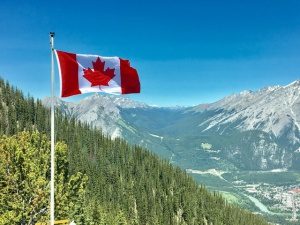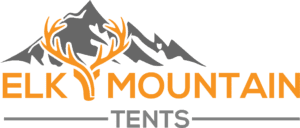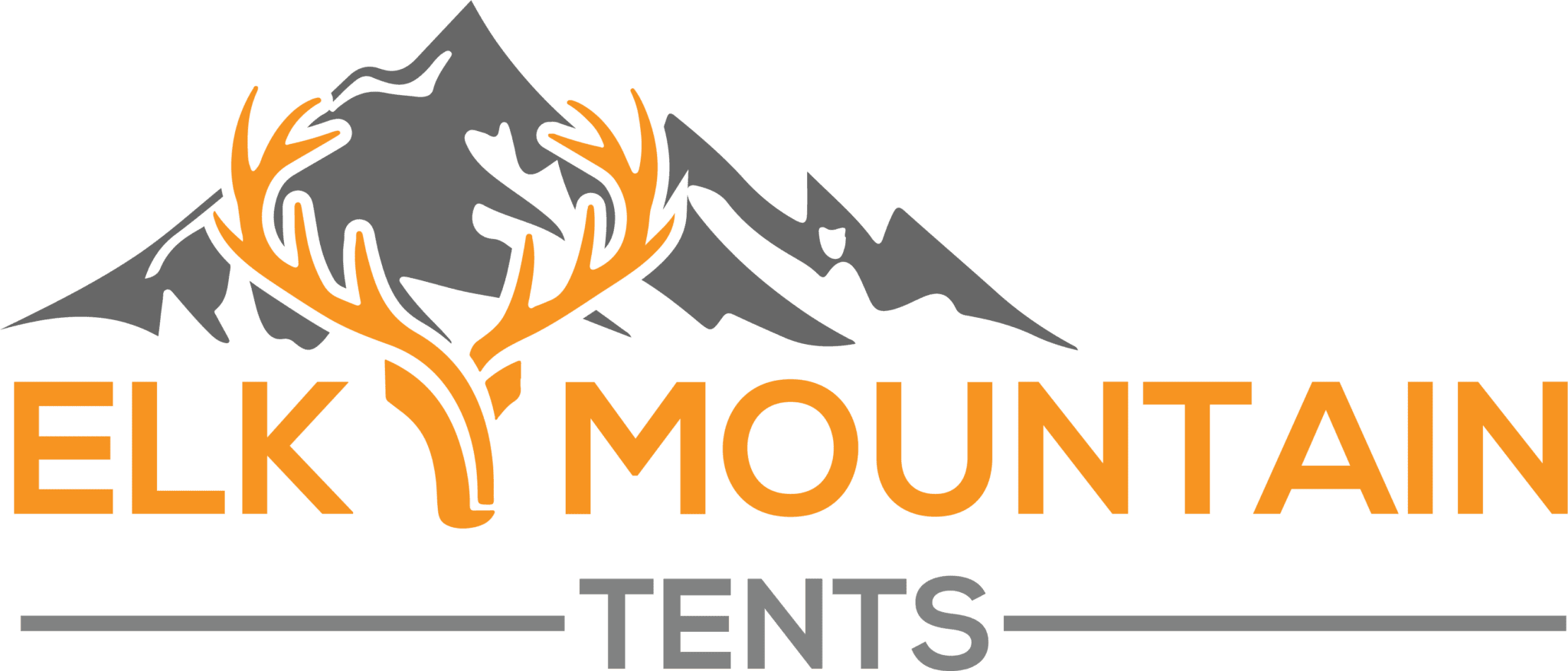 Conquer the Canadian Bush in a High-Quality Tent
Conquer the Canadian Bush in a High-Quality Tent
What do you think of when you hear Canada? Do you think about real maple syrup, Mounties, and their world-famous hockey? One thing that people tend to forget is just how beautiful Canada is. In fact, 89 percent of the country is Crown land. This means that the government – whether the federal or provincial government – owns most of the land. As a result, there are many beautiful national parks all over the country. What better way to enjoy nature than by going camping in a high-quality tent? So if you long to get away from it all and enjoy some of the most memorable vistas, then Canada is the place you will want to visit.
Canada is broken down into ten different provinces and three territories. It can’t be emphasized how absolutely massive this country is. As a result, what you can see while camping will vary widely. The good news is, no matter where you decide to go you only need to purchase one pass to get into any of the parks throughout the country. It is called a Discovery Pass and a yearlong family pass (good for up to seven people in one vehicle) will cost you $139.40. This is way cheaper than paying daily rates at each park you decide to visit, especially if you plan to use it over a week. It is important to note when you decide to camp at one of these many parks you will need to pay for a permit whether you use a campground with amenities or choose to camp in the backcountry (more on that later). You either need to book these permits in advance between three or four months before your trip or you go to a campsite that is first come first serve. No matter what option you decide it will cost you somewhere around $15-$30. Another important thing to buy in advance of your camping trip is travel insurance. It will give you peace of mind that if an accident does happen, that you will have coverage no matter where you decide to camp. A highly recommended company is World Nomads. They are known for having good, affordable travel insurance. So camping in Canada can be extremely affordable, but it requires you to know exactly where you are going and where you will be staying, too.
What makes camping in Canada so unique is that usually when you decide to camp you base it on the weather. You keep checking the weather and are willing to cancel a camping trip if the weather looks too unfavorable. In Canada due to the immense popularity of camping you plan your trip and hope for good weather. This is in part due to the weather being most ideal between Victoria Day (second to last Monday in May) to Labor Day (in September). That is just a little over three months to go camping. In addition, daylight is longer in the summer months (5:15 AM to 10:00 PM); in the winter months, daylight is significantly less (8:30 AM to 4:30 PM). You can try to camp in either March-May or October-November but you won’t have as much daylight and temperatures vary a lot in these months.

The weather in Canada is best summed up by saying, “expect the unexpected.” You just can’t assume the weather will be nice just because it is summer. If you plan on camping in the mountains the weather can be especially unpredictable. It has been reported that it will snow in the mountains even in the middle of the summer. Therefore if the weather forecast says it will be sunny, still pack all your cold weather and rain gear. Because it may start as a beautiful sunny day, but can easily change to cold and rainy within hours. It is better to be over-prepared than find yourself cold and/or wet.
The weather isn’t the only unpredictable element you will face when camping in Canada. The other unpredictable element is the local wildlife. Canada, especially up in the mountains is home to both black bears and grizzly bears. It is also home to cougars and wolves. While they often tend to stay away from people, bears have been known to be drawn to campsites to try to get their paws on campers’ food. Therefore you must know how to be “bear aware.” The first step is to always pack your food in a bag in a tree or a food cache. Then store your food a good way away from your tent. You mustn’t cook in your tent because the lingering smells of food will make the bear curious enough to go through your tent. No one wants to return to a ruined tent or a bear in their tent. The next step is to always go camping and hiking with at least four people to ensure everyone’s safety. There is truly safety in numbers since a group of people (especially if you have a bear bell) make a lot more noise than just one person. The noise you make will help you avoid startling a bear. A startled bear can quickly become very aggressive. The next step is to always stay on the officially marked paths and trails. This will help keep your probability of running into a bear relatively low, as bears will generally avoid where people are. The final step is to always carry bear spray and be familiar with how to use it. If these steps are followed as closely as possible the likelihood of you having any bear problems will be incredibly low. However, if for whatever reason you do find yourself face to face with a bear it is most important that you remain completely calm the whole time. Slowly begin by walking backward while keeping your eyes on the bear. Be sure to also speak in a low deep voice as you are walking backward. You want to keep this bear calm, not agitated. Then remember to stay away from that area as the bear is sure to still be there or will likely return to that area again. It is better to avoid what the bear deems to be their territory.
Canada accommodates two different styles of camping: backcountry camping and frontcountry camping. Both will require you to get a permit ahead of time. Backcountry camping is where you truly go out into the wilderness away from any kind of facilities or amenities. The only way to access these campsites is either hiking, skiing, canoeing, or kayaking into them. This is for people who are willing to haul their gear into the wilderness so they can truly be away from it all. For this more rustic style of camping to be successful, you need to have the right kind of lightweight gear, in particular a good backpacking tent. An affordable light-weight tent is the Marmot Crane Creek Backpacking Tent. You can either get a two-person or three-person size tent. The three-person model weighs only 5 pounds 13 ounces and has 42 square feet of space. This tent has two d-shaped doors so if you share this tent with someone they don’t have to crawl over you to get out. It also has an overhead vestibule to give you easily accessible storage. Another great feature is this tent has vents to help keep it cool in the summer while still being waterproof thanks to the rainfly that is included with this tent. On Amazon, this tent will cost $205.87 for a three-man model and $180.48 for a two-man model.
Frontcountry camping, also known as car camping, is where you can drive your car up to your campsite. You will come across many different levels of accommodations at frontcountry campsites. There are serviced campsites that are designed more for RVs, trailers, and tent trailers because they need water, sewer, or electric hookups. There are unserviced campsites where there are flush toilets, running water for showers, and potable water. While RVs and tent trailers can camp here it is ideal for tents. There are pull-through campsites where vehicles can haul large trailers or RVs. Lastly, there are walk-in campsites where you park your vehicle then hike a short way to your campsite. These campsites have fewer amenities compared to an unserviced campsite.
Whatever type of campsite you choose since you are not backpacking your tent in, you can bring a larger more comfortable tent. One that is highly recommended is the Elk Mountain Wall Tent. It comes in three different sizes: 13X13, 13X16, and 13X20. This four-season tent is a unique 100% polyester canvas that can be cool in the summer heat and warm if the temperatures unexpectedly cool off. Not only that, but it is also waterproof while still being breathable like cotton canvas. But perhaps the biggest advantage to polyester is that it doesn’t require any UV or mold protective treatments. It has plenty of ventilation as well with four to six windows (depending on the size of the tent) and ridge openings. With this tent, you can handle any kind of weather. This tent is sure to give you peace of mind wherever you decide to go. On their website, this tent will cost you in the range of $845-$1095 (depending upon the size).

Now that you know a little more about the fun that can be had camping in beautiful Canada, begin planning your next trip now. While you have to plan your trip extensively, the rewards are worth every bit of effort. There is beauty that cannot be found anywhere else. Not only that – it is an incredibly affordable way to get out and see the world.
Sources:
https://www.worldwildhearts.com/post/camping-canada-packing-list
https://www.laidbacktrip.com/posts/camping-and-campgrounds-canadian-rockies



